15 Signs the Home You Are Buying Isn't Worth Its Price
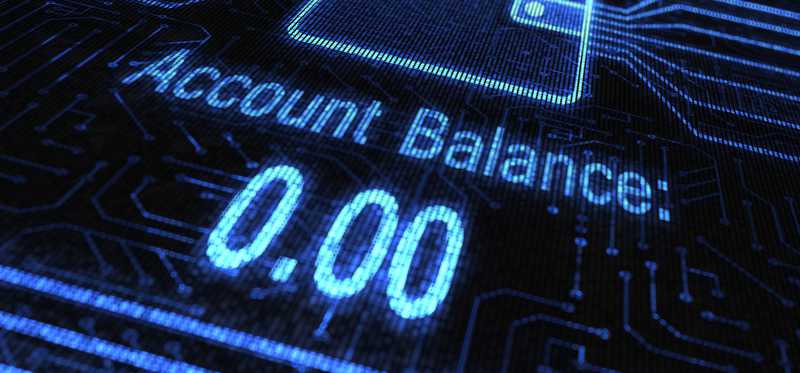
15 Signs the Home You Are Buying Isn't Worth Its Price
Overpaying for a house is a bad financial choice
Buying a house is a major financial decision, so you want to be absolutely sure you make wise choices. Specifically, it's important to avoid paying more than the house is worth.
Purchasing a home for more than it's worth will make it hard to sell the property or refinance your loan later. And you'll have to hope the property appreciates before you sell so you don't lose money on the deal.
But how can you make sure you don't overpay? Watch out for these 15 signs that suggest the home you are buying may not justify its price.
5 Stocks Under $49
Presented by Motley Fool Stock Advisor
We hear it over and over from investors, "I wish I had bought Amazon or Netflix when they were first recommended by The Motley Fool. I'd be sitting on a gold mine!" It's true, but we think these 5 other stocks are screaming buys. And you can buy them now for less than $49 a share! Click here to learn how you can grab a copy of "5 Growth Stocks Under $49" for FREE for a limited time only.
Previous
Next

1. It's been on the market for a long time
It's common for homes to sell within a few weeks of being listed or even a few days in hot markets. When a home has been sitting on the market for a long time, it usually indicates a problem -- and often, the issue is that it's priced too high. You don't want to be the buyer who ends up paying that inflated price.
Previous
Next
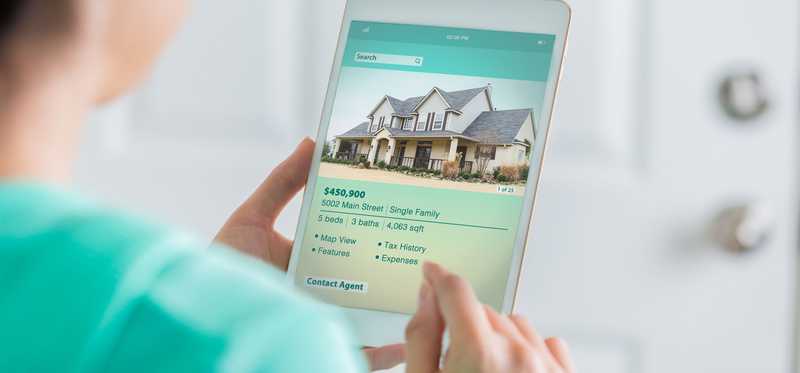
2. It's been in and out of pending repeatedly
When a seller accepts an offer, the home goes into pending status; if it falls through, it reverts to active. When this happens, it often means there is a big issue.
Whether that's an inspection problem, the home not appraising for what was offered, or something else entirely, this is a red flag that the house might not be worth its asking price.
Previous
Next

3. Comparable homes priced similarly didn't sell
If houses priced similarly aren't selling, there's a good reason. It probably means they are all overpriced. You can check out similar listings on the multiple listing service (MLS) to determine whether buyers are passing them up because of the inflated costs.
ALSO READ: How to Start Investing in Real Estate: The Basics
Previous
Next

4. It's priced higher than other properties in the neighborhood
You don't want to buy the most expensive house in the neighborhood. Even if the house itself has some added features to justify the cost, you won't see your property value rise as quickly. So check out what similar homes nearby have sold for, and if the one you are interested in is not in line with their prices, walk away.
Previous
Next

5. It's priced higher than other properties with similar features
Viewing home listings online makes it much easier to determine whether a home you are interested in is priced reasonably. You can search online databases for similar homes in similar neighborhoods.
Compare the features and prices to get a good idea of whether you are paying what a home is worth.
If homes with similar features tend to sell for less, it's a good indicator you're at risk of overpaying for the one you're interested in.
5 Stocks Under $49
Presented by Motley Fool Stock Advisor
We hear it over and over from investors, "I wish I had bought Amazon or Netflix when they were first recommended by The Motley Fool. I'd be sitting on a gold mine!" It's true, but we think these 5 other stocks are screaming buys. And you can buy them now for less than $49 a share! Click here to learn how you can grab a copy of "5 Growth Stocks Under $49" for FREE for a limited time only.
Previous
Next

6. The sellers bought it recently for a lot less
It's usually a bad sign if the sellers recently bought a house and are relisting it for much more than they paid. They could be house flippers hoping to make a quick profit. But that could mean they did quick, shoddy cosmetic upgrades that don't actually justify the big cost increase.
ALSO READ: The House Flipping Statistics Investors Should Know in 2022
Previous
Next
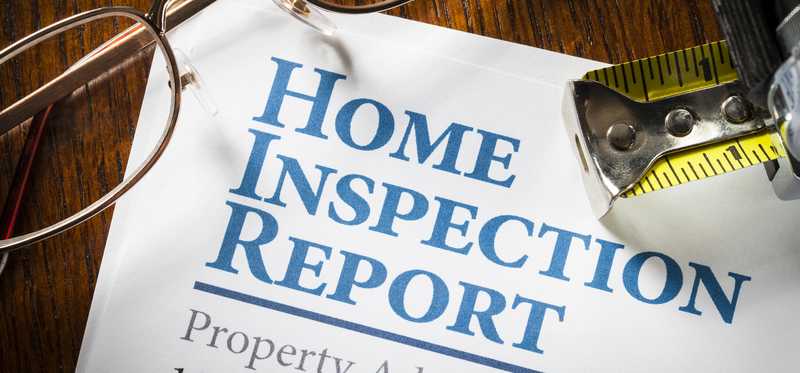
7. The house has major flaws
It could be a major sign that the house isn't worth its cost if you discover big problems during the inspection. You would have to pay to fix these issues upon moving in, which adds a lot to the final price tag. Consider walking away if the seller isn't willing to make the repairs or drop the price.
Previous
Next
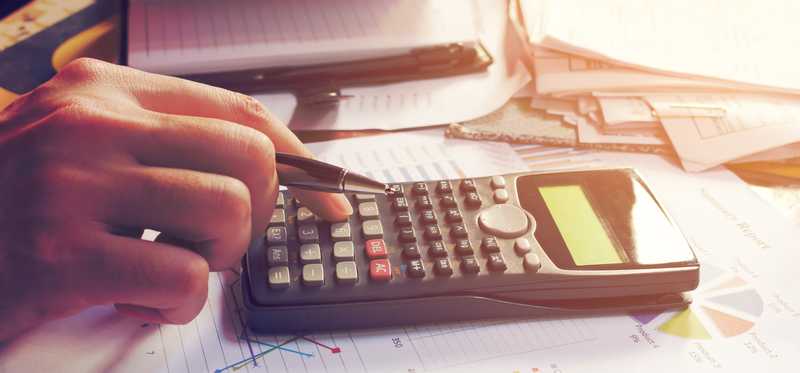
8. The price per square foot is very high
You can determine how much a home costs per square foot by dividing the price you're paying by the total square footage. You can then compare this number with other similar properties.
Square footage is usually a huge factor in determining what a home is worth. If your house is priced highly based on size, you may be paying more than you should. Other features the home offers may not justify this inflated cost if the home simply is not large enough to justify it.
Previous
Next

9. It's priced higher than most online estimates
Many online websites estimate a home's worth. While these aren't always exact, the algorithm used to determine what a property should cost is fairly accurate. You can use these numbers to at least get a ballpark figure.
If the price you're thinking about paying far exceeds the online estimates, you are probably getting a pretty bad deal.
Previous
Next

10. It's in a bad school district
School districts generally have a huge impact on property value. It's important to pay attention to the district's reputation, even if you don't have kids. In many places, paying a lot for a house in an area with poor schools is not worth it, even if the home seems nice otherwise.
5 Stocks Under $49
Presented by Motley Fool Stock Advisor
We hear it over and over from investors, "I wish I had bought Amazon or Netflix when they were first recommended by The Motley Fool. I'd be sitting on a gold mine!" It's true, but we think these 5 other stocks are screaming buys. And you can buy them now for less than $49 a share! Click here to learn how you can grab a copy of "5 Growth Stocks Under $49" for FREE for a limited time only.
Previous
Next

11. It's in a dangerous area
A neighborhood with lots of crime will negatively impact property values. You don't want to pay a high price for a home -- even if the house itself seems nice -- if the area has a reputation for unlawful activity. Not only will it be hard to sell, but you could also end up worrying every time you leave the home, which just isn't worth it.
Previous
Next
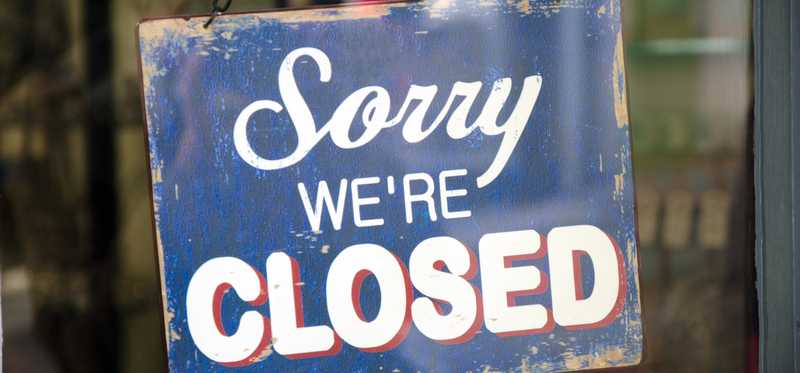
12. The neighborhood is in a downward trend
If property values in an area are falling, you could end up paying more than you should if you buy a house in that location. You can usually get a good idea of whether a neighborhood is on the decline by looking at foreclosures, boarded-up buildings, vacancies, recent sales, and stores and amenities closing.
Previous
Next

13. Your appraisal comes in too low
Your mortgage lender will typically require you to get the home appraised before you can close on a loan. An appraiser will provide a professional evaluation of your home's worth.
If the appraisal shows it is worth less than you are paying, it's a huge red flag you can't ignore -- especially since your lender won't ignore it. You'll likely want to walk away or negotiate a lower offer. Otherwise, you'd probably need to bring more cash to the table to move forward.
ALSO READ: Home Appraisals: What to Know, How Much It Costs, and How It Works
Previous
Next
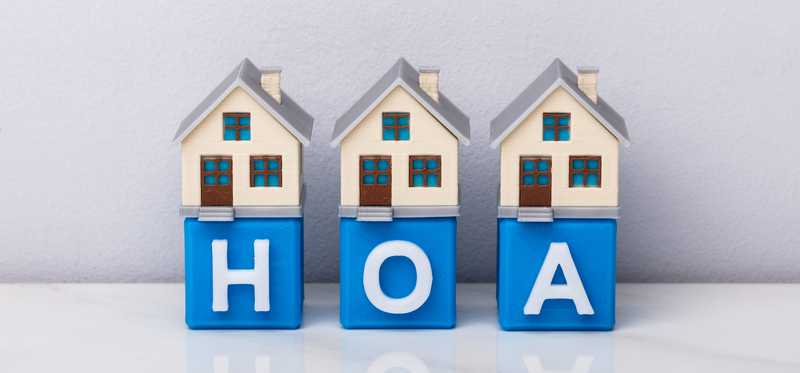
14. The HOA fees are extremely high
Homeowners association (HOA) fees can sometimes be very high. If they add a lot to your monthly payment, you need to consider this when looking at the home's total cost. It may not be worth buying once you factor in the HOA expenses.
Previous
Next
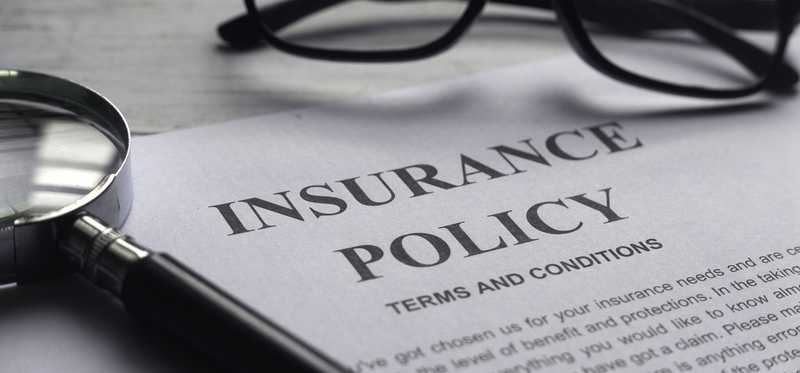
15. Insurance will cost you a fortune on the property
You should also consider the insurance costs. The risk may be very high if a home is in a flood- or disaster-prone area. You may have to get special insurance and pay a fortune for it. This also adds to your total ownership costs and must be factored in when deciding whether a home is worth its price.
5 Stocks Under $49
Presented by Motley Fool Stock Advisor
We hear it over and over from investors, "I wish I had bought Amazon or Netflix when they were first recommended by The Motley Fool. I'd be sitting on a gold mine!" It's true, but we think these 5 other stocks are screaming buys. And you can buy them now for less than $49 a share! Click here to learn how you can grab a copy of "5 Growth Stocks Under $49" for FREE for a limited time only.
Previous
Next

Don't buy a home without doing your due diligence
By looking for these 15 red flags, you can avoid overpaying for a home. Putting in the time to research the property and the area can help you to pay a fair price for a property. The effort is worth it for one of the biggest purchases of your life.
The Motley Fool has a disclosure policy.
Previous
Next
Invest Smarter with The Motley Fool
Join Over Half a Million Premium Members Receiving…
- New Stock Picks Each Month
- Detailed Analysis of Companies
- Model Portfolios
- Live Streaming During Market Hours
- And Much More
READ MORE
HOW THE MOTLEY FOOL CAN HELP YOU
-
Premium Investing Guidance
Market beating stocks from our award-winning service
-
The Daily Upside Newsletter
Investment news and high-quality insights delivered straight to your inbox
-
Get Started Investing
You can do it. Successful investing in just a few steps
-
Win at Retirement
Secrets and strategies for the post-work life you want.
-
Find a Broker
Find the right brokerage account for you.
-
Listen to our Podcasts
Hear our experts take on stocks, the market, and how to invest.
Premium Investing Services
Invest better with The Motley Fool. Get stock recommendations, portfolio guidance, and more from The Motley Fool's premium services.